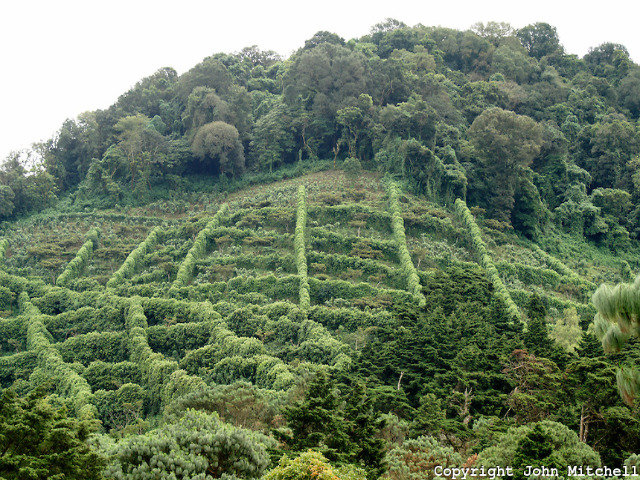For the love of...
COFFEE. I love coffee, coffee drinkers, and coffee shops! Recently, as I was training a new Barista at the Zone, I was reminded of just how amazing of a commodity those little beans really are.
Do you ever think about where your cup of coffee really came from?
 It's probably a much longer journey than most people would think.
It's probably a much longer journey than most people would think.
Coffee's not like your average produce delivery, its journey from the tree to your cup crosses the continents and can be the livelihood of 4-10+ different people while going through at least 10 different steps before it winds up in your mug! Let me take you through the process it takes to get Fair Trade, Arabica Bean, High Quality coffee to your taste buds.
The journey of your beans, from tree to mug:
- First, let's think about the trees themselves - they have to be nurtured, they have to be planted at the correct elevation, with proper amounts of moisture, and temperatures. Not to mention, they take between 3-5 years to produce any fruit. How patient are you?
- Next, the ripened coffee cherries have to be harvested from the trees, often individually and by hand.
- Once picked, the cherries have to be processed to keep them from rotting - this can be done 2 different ways, the traditional way involves laying them out on a mat and rotating them for days - sometimes up to several weeks, for one batch of coffee.
- If the processing is done using the newer wet method, then another step has to be added, the beans have to be dried to 11% moisture before they can be stored.
- Now the beans have to be milled, this means they will be hulled so that you are left with just the inner bean, and not the outer parts of the cherry, and then they are sorted.
- In many countries the sorting process is done by hand, individually removing any beans that are under or over-ripened, have insect damage, or were improperly hulled.
- FINALLY, the "green coffee" is ready to be exported. Since the only state in the US that can produce coffee is Hawaii, every bean you and I drink here in NY is imported from quite a ways away.
- This is why as the price of fuel continues to increase, the price of coffee also increases, just like any other commodity!
- Tasting - when coffee reaches its next destination it is tasted by a "cupper". Think of this person like your quality control professional, making small batches of roasted beans and brewing up a cup so they can be sure that the beans are of a good quality and recommendations can be made for the proper roast for the beans.
- Roasting - this is probably the first step that any of us are usually cognizant of! This is the step that takes the "green coffee" and transforms it into the brown, oily beans that we know and love. During this step the roaster may choose to blend beans from different regions for their desired flavor outcome, they may add flavorings, or roast the beans for different lengths of time to achieve the taste they are aiming for.
- Now we ship again - this time to grocery store or cafe where consumers will FINALLY get the product.
- In the case of the Comfort Zone, now we grind the beans per pot or for each customer as they need it, at whatever grind they prefer for their chosen method of brewing!
 BREW IT AND ENJOY IT!
BREW IT AND ENJOY IT!
Now, when you think about the process I just described, the weeks, maybe even months, that pass between harvest to brew time, and all the people who make a living from that pound of coffee - does $10-$15 a pound sound like all that much?
As far as I'm concerned, coffee is one of the greatest deals out there! I for one am honored to be a part of the process, from seedling to cup, and I get to be there at the end when we finally get to enjoy the results of all that work!
Ahhh, for the love of coffee :)
